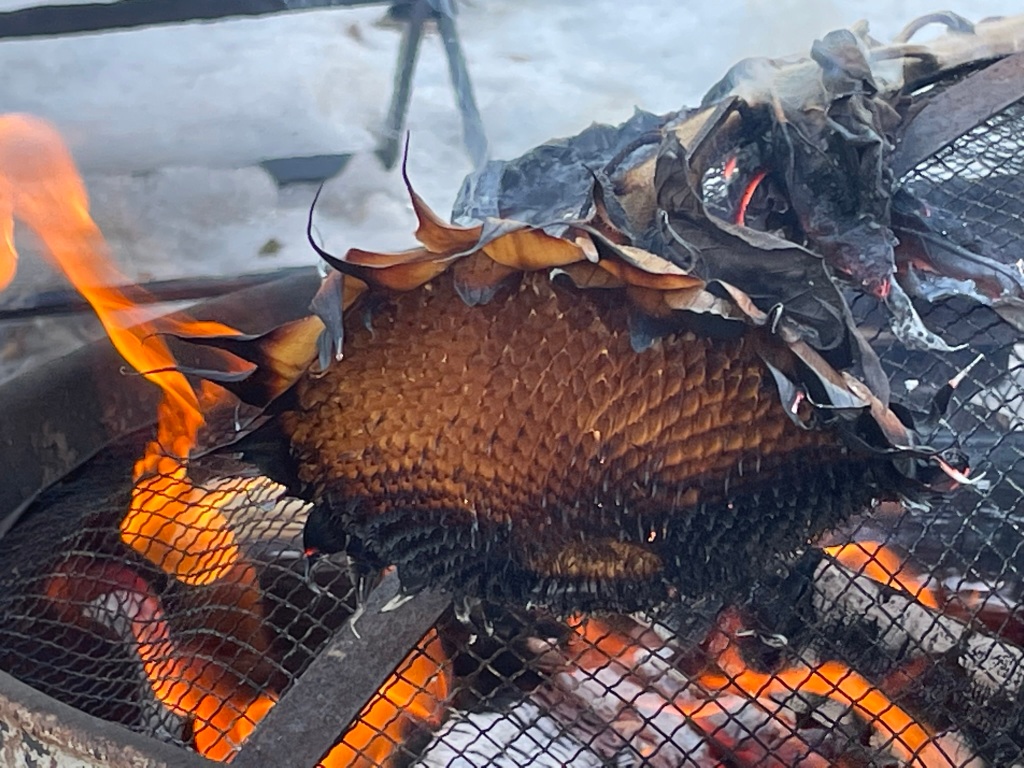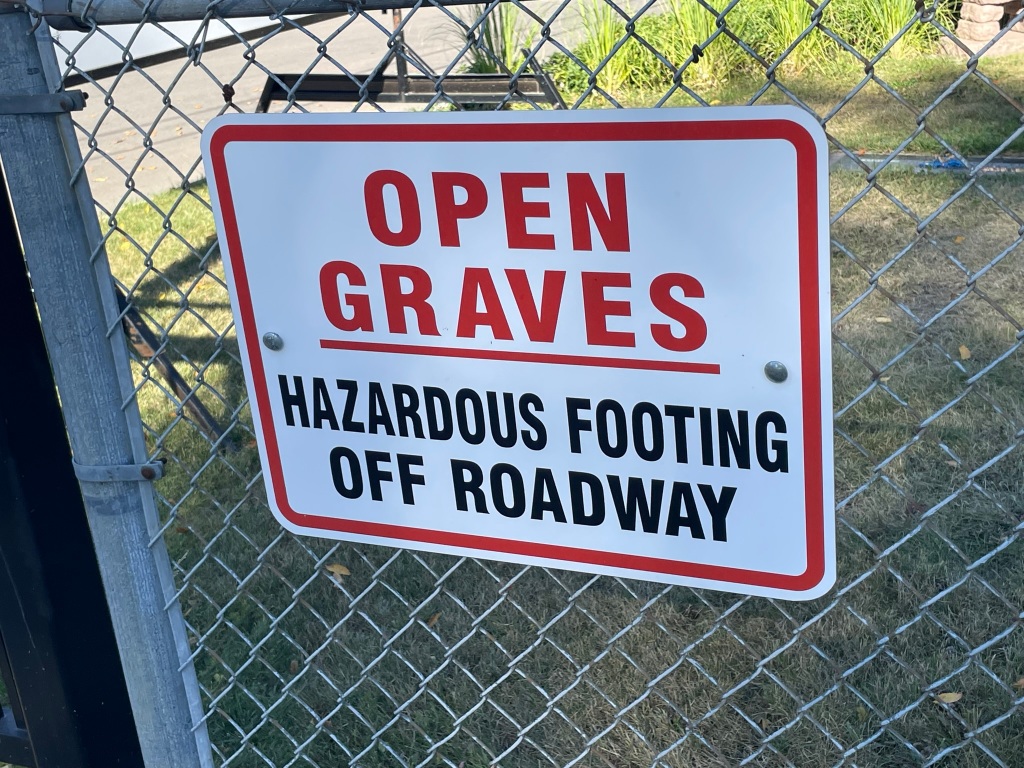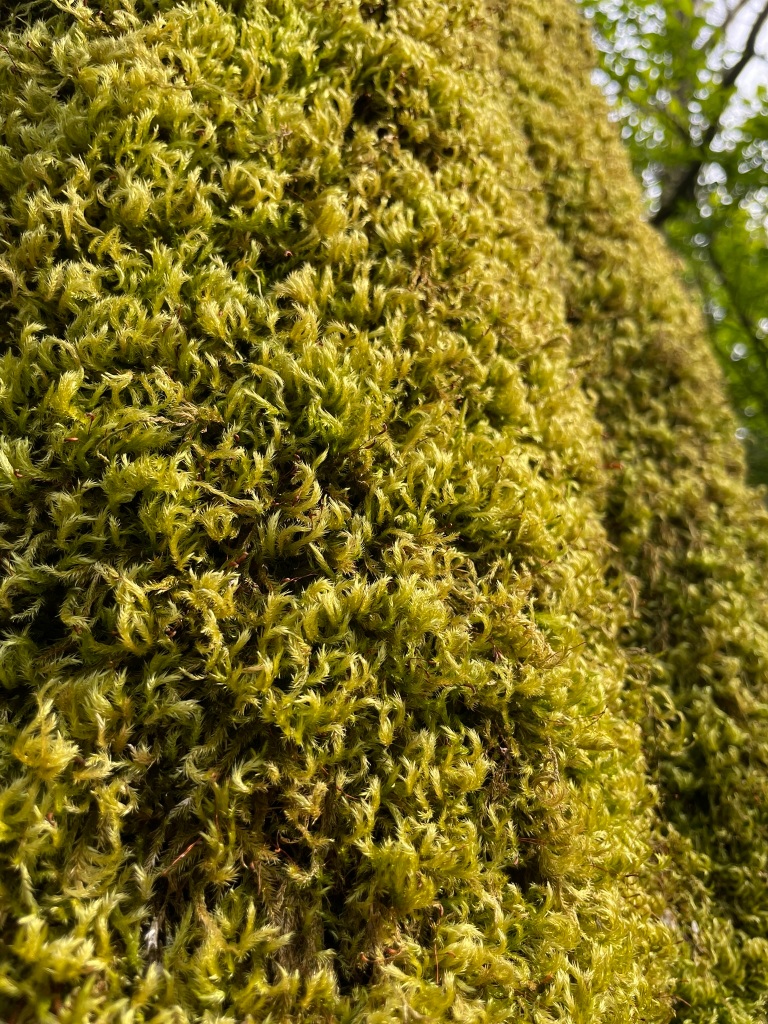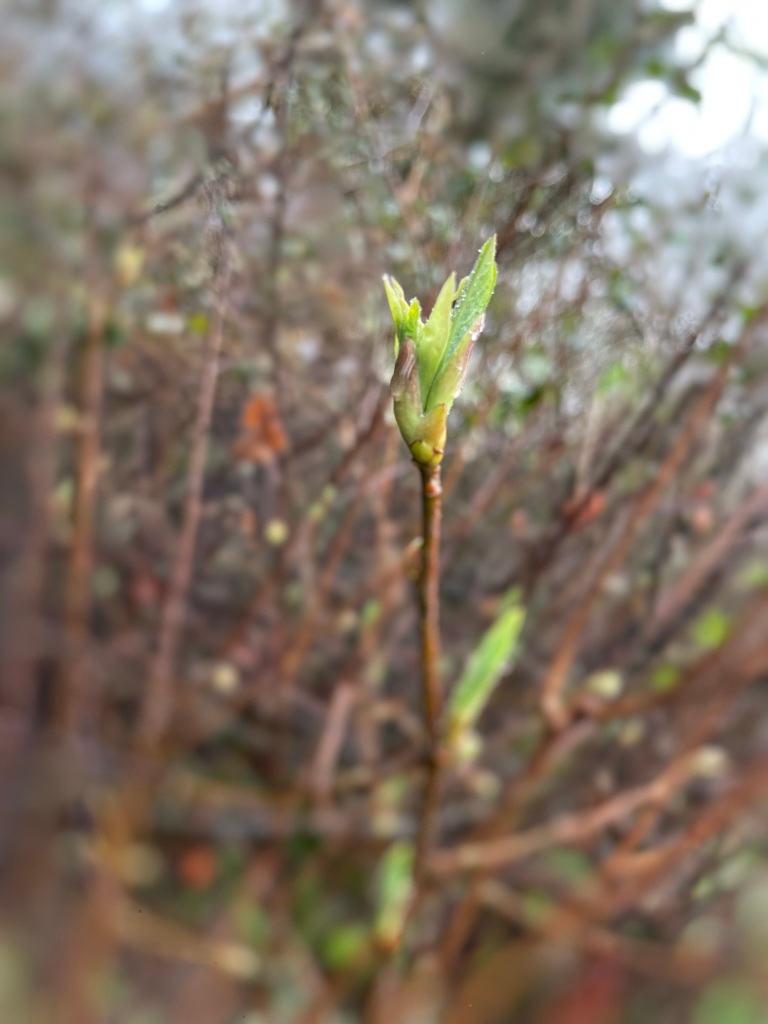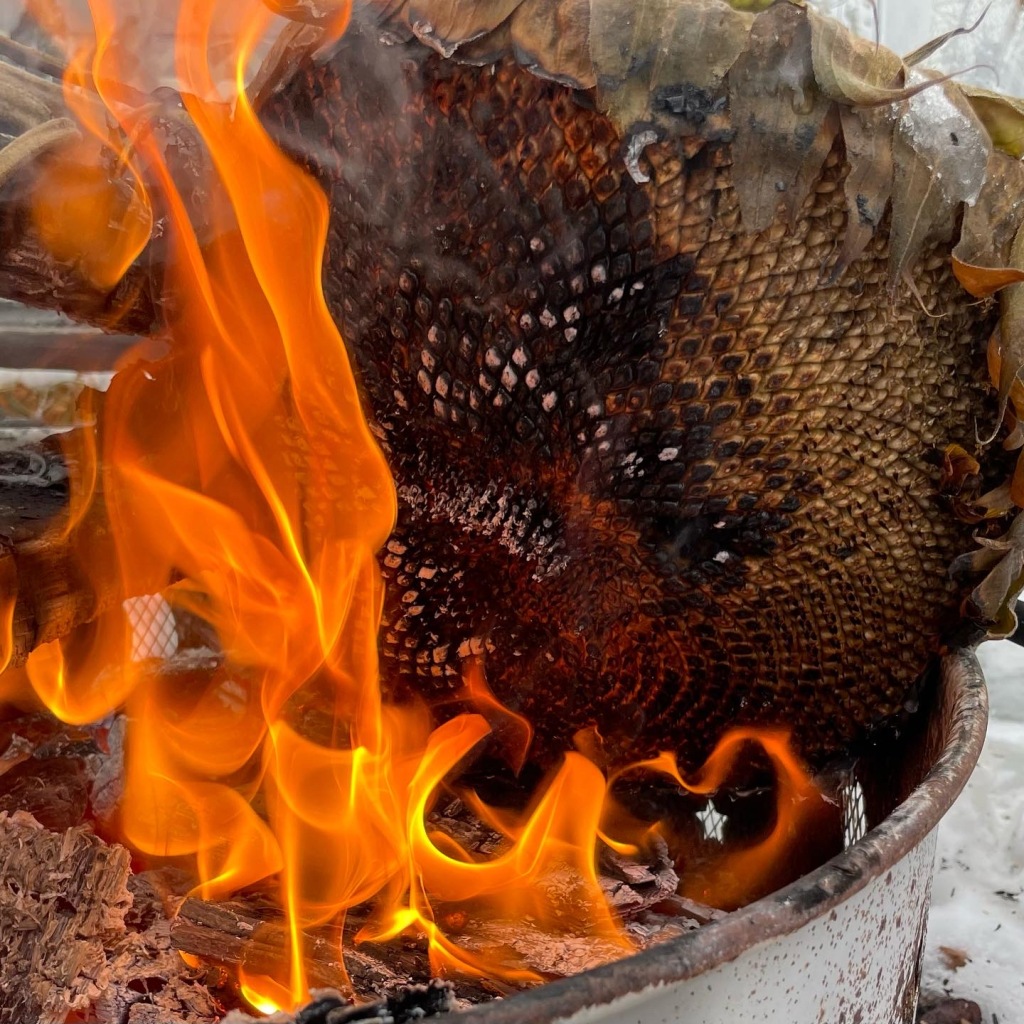Longevity is not praised sufficiently in the Canadian literary world. There is such an obsession for the youthful “first booker” and their MFA path to academic-fed celebrity, that many other journeys get dismissed, whether it’s that of the non-institutionalized poet or the one who has published twenty books or the one who has (as we all do if fortunate) gotten old. Christopher Levenson is nearing 90 and, although he’s received a GG nomination and was a founding member of ARC magazine, for the most part, he’s been liminalized by the presses that publish him, and the reception he hasn’t truly received. I was thinking, as I read Moorings, a beautifully-designed book with smaller proportions and a waxy blast of rusted colour on the cover, that it isn’t the content that draws me to Levenson’s work per se but his obvious ear. Not that, as the by-line states, this isn’t a “profound exploration of aging, loss and friendship” but what makes his poems work beyond this perhaps-typified subject matter is the lyrical motions of his lines on the page. The reader is drawn in immediately by the six-piece poem Lost and Found: a Sequence, an Elizabeth Bishop-inspired meditation on all we must relinquish in our existence. He begins: “A single sock, bus tickets, a quarter/swaddled in lint” and the attention to the “s” and “t” sonorities, the “i” assonance, and the image of the lint as swaddling a coin as if it were an infant all contribute to the compelling entrance. The book is organized in five sections: The Past is a Foreign Country, Latecomer, Brushstrokes, The Camps and Moorings, dealing with the past, travel, relationships (especially with his long-term spouse Oonagh), art, difficult histories, and aging.

“It is an intricate business, growing old” Levenson states in the titular poem, and I am finally starting to relate to the way, “No handbooks or charts exist for this rocky coast.” In the next piece, Face, he expands on the crushing disjuncture of the internal versus the external, of how “cosmetics cannot gloss over /wars, childbirth,” and how we gradually replace parts with the artificial as he asks is “what emerges/after the anesthetic still us/an amalgam?” I love his elegy for Elise Partridge, his acknowledgement that one cannot keep traveling as one did (“I am on stand-by”) and his belief throughout Moorings that always, “We are still left with questions” (Memorial Service.) Returning to earlier sections, I am moved by the poem Insects where he learns, “There are no bad animals,” the ghost trains and marmalade, the Fridge piece where a simple household appliance becomes a “midden for future archeologists” and Canadian travel lyrics such as At the Races from Vancouver (“Somehow the horses/survive it all, sweat and beauty proudly intact,/and behind them always the mountains”) or In Kensington Market from Toronto with its gourmand and musical listings of “vegan, halal, kosher…ramen, jerky, goat – all you can eat/to the sound of heavy metal, steel bands, bongo drums.”
Poems like Cell or Touch provide poignant punctums within a life where we all must move, all must accept lessened forms of connection and the feeling that the virtual is overwhelming the real. And Levenson’s ekphrastic segment, although this form is challenging in how it asks the poet to transcend the details of the piece of art and transform the materials into feeling, mostly sings, especially in pieces like Goya (“No one else, as you did/could look straight into the brutal darkness”), Hopper (“You made everyday poetry”) and The Dutch Golden Age Exhibition where one goes to escape the hot summer while realizing that the individuals in the paintings suffered, “the stench, the heat no one could get away from.” The pieces on the Second World War are perhaps the hardest to read, both emotionally, but also in the way it’s difficult to re-infuse well-worn facts with feeling. Levenson’s attention to “twisted history,” alternative narratives, as with the poem on the failed invasion of Iceland, and the loss of trust in the land featured in poems like Infrastructure and Erosion work towards essential poignancy. Although a few poems fall into clicheed lines such as “now with tentative fingers/light gropes” (Aubades) or end awkwardly in an ellipsis as in Latecomer, Levenson has mostly created a taut and stirring collection in Moorings, a necessary and crafted account of the truths of being alive.

